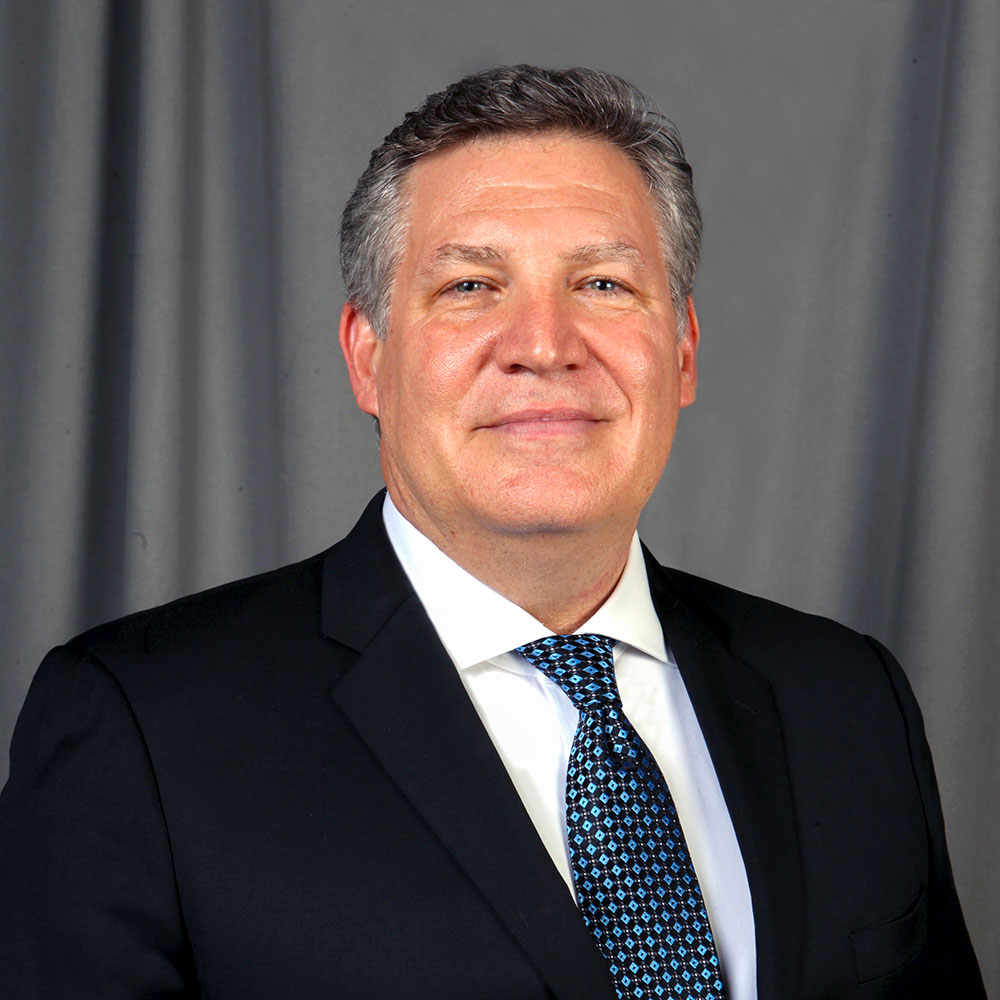Since my last column, we had another momentous March 4 Water campaign, highlighting the work IAPMO and our industry performs every day — from local job sites to the U.S. Capitol — to make certain clean drinking water and safe sanitation are rights accessible to people across the globe. We facilitated two successful “lobby days” at statehouses in New Jersey and Massachusetts, celebrated World Plumbing Day and World Water Day with events, children’s poster contests, and a formal letter of recognition from President Biden — the third consecutive administration to recognize the importance of our industry to American life.
I want to highlight the efforts of our Technical Service and Research department. These specialists’ sole mission is to find and address emerging challenges and then put IAPMO’s expertise to use developing solutions before problems become widespread. Recently we published two best-practices manuals — Manual of Recommended Construction Practices for Potable Water and Manual of Recommended Practice for Hydrogen Fuel Gas Piping — to enhance protection via authoritative prescriptive language.
One of this department’s goals is to create guidance documents that fill any gaps in the coverage provided by codes, standards and design practices in our space. In collaboration with our industry partners, IAPMO brings subject-matter experts together to develop guidance documents that help address areas of concern; and then those documents can serve as a foundation on which to further build as we learn more. Manuals like these continue to demonstrate IAPMO’s leadership and technical expertise in identifying potential problems and creating viable solutions.
Technical Services and Research also deserves immense credit for the recent flurry of adoptions of the Water Demand Calculator®, including the state of California, which goes into effect on a voluntary basis on July 1. To increase water efficiency and sustainability, experts have spent years devising ways to reduce flush volumes and flow rates and reuse water, but that only scratches the surface of what could be done. Many jurisdictions are still using pipe sizing methods from the 1940s and we’ve known for some time that buildings are now constructed differently. How do you size the piping system when the sizing method doesn’t match the use of fixtures? That question came up time and time again. So, we decided to do something about it, just like we do everywhere else we see a gap.
And in creating the Water Demand Calculator®, we addressed two related issues: first, bigger pipes hold more water and when there’s less coming out of the tap it takes longer for water to move through the system, creating a potential water quality issue due to aging of the water. And second, on the hot water side, if your heat source is far away from the end point and you’ve got big pipes, it’s going to take longer for hot water to reach the tap. So you’re wasting all that water. Also, the energy consumed to heat water and maintain it is reduced when smaller pipes convey water from a smaller water heater. So, there’s water savings, energy savings, and preserving and protecting water quality all rolled into one solution. I look forward to sharing more adoptions in the months ahead. Kudos to the whole Technical Services and Research team!
I look forward to sharing in my next column a report on our upcoming collaboration between IWSH, the World Plumbing Council (WPC) and the World Health Organization (WHO) in Manila, Philippines. This is a significant event in the evolution of IWSH in the community project space — it’s the first time we are partnering with the WHO and the first time IWSH is advising on water and sanitation solutions at a healthcare facility, which is one of the most impactful facilities in the built environment with regard to public health and safety concerns.
Through this project, IWSH and the WPC will showcase the importance of our industry and the skilled professionals within it and demonstrate the amount of good that can be accomplished by uniting these forces in the name of public health and safety. I’m very excited about the impact this project will not only have on the local community in Manila but the blueprint I believe it will produce for future community projects born from this partnership. Stay tuned!
In closing, I’ll simply remind you to get yourself registered for our 95th annual Education and Business Conference, Sept. 22-26, in Las Vegas. In early May, IAPMO facilitated Technical Committee meetings toward the development of the 2027 Uniform Codes, work that will continue in earnest during our conference. Your voice and vote are needed in order to ensure the Uniform Codes continue to be developed with the transparency that has been the hallmark of their development for the entirety of the 21st century. I’ll see you there!

Dave Viola
Dave Viola is the CEO of The IAPMO Group, a global non-profit membership-based organization focused on the development of codes that govern plumbing quality standards. He has more than 25 years of senior management experience within the plumbing and mechanical industry. He joined IAPMO in 2007 and, served as IAPMO’s chief operating officer with strategic and operational responsibility for the comprehensive array of IAPMO Group programs and services. Dave also serves as Deputy Chairman of the World Plumbing Council. Dave previously worked as Technical Director for the Plumbing Manufacturers Institute (PMI) from 1998 until 2007. He serves or has served on many industry committees and boards in the United States and Canada, including AWE, ASME, ANSI and ASHRAE.
Last modified: June 8, 2024
